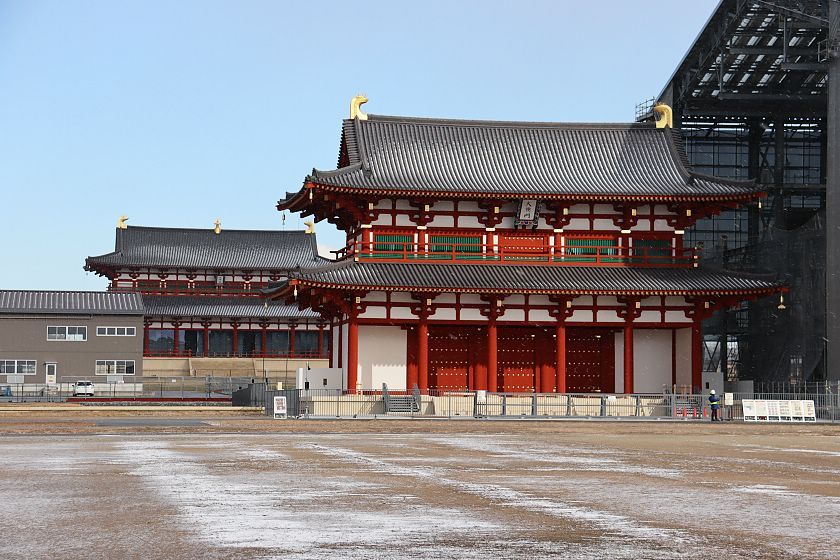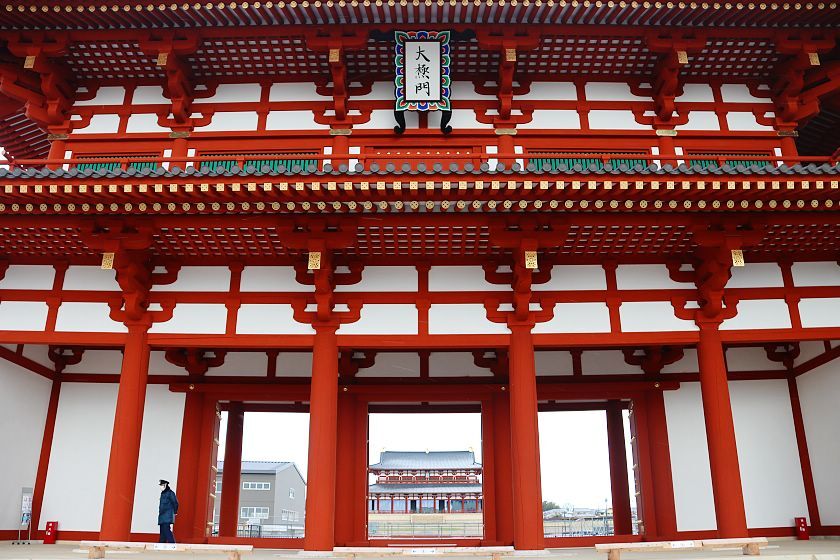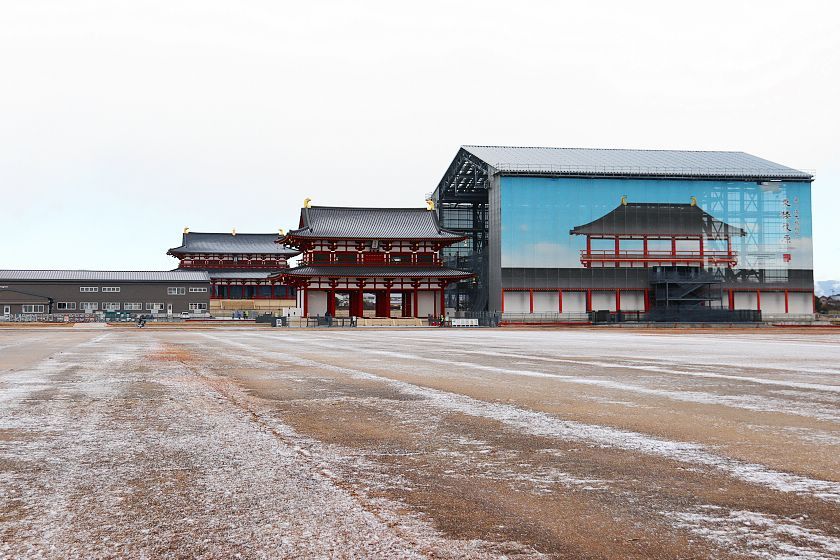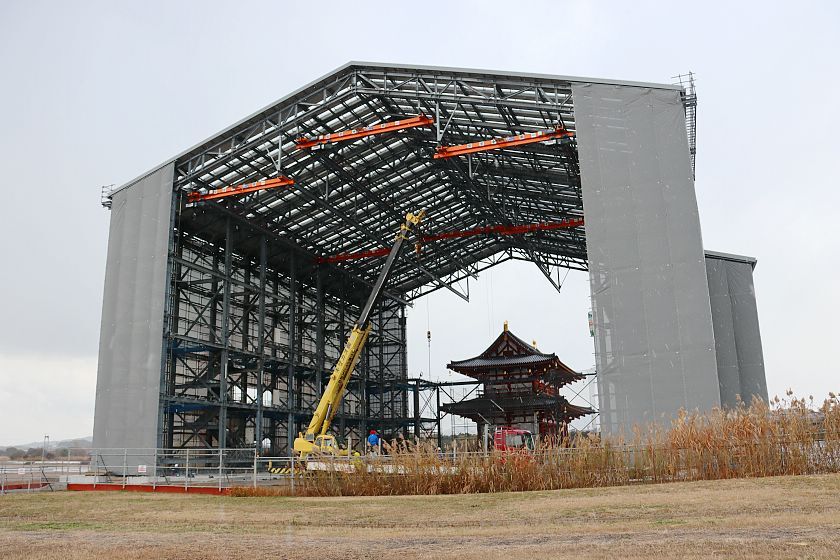What’s new in the Kansai Region
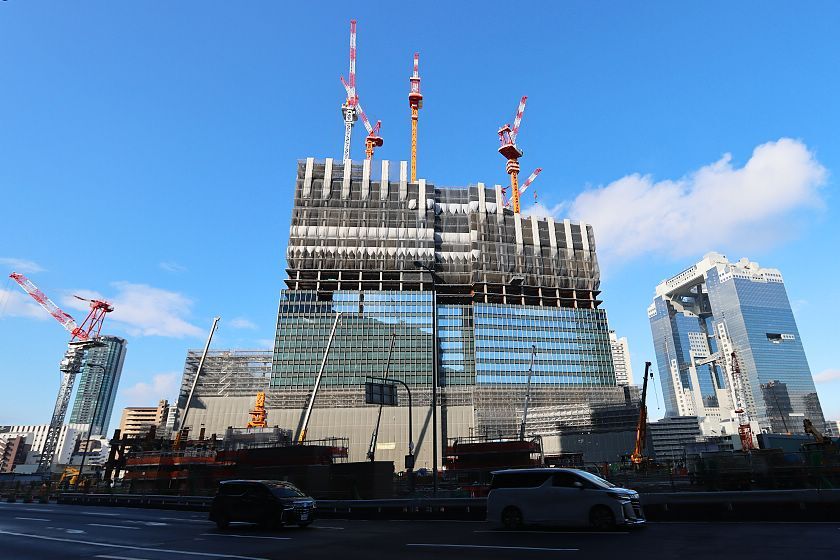
Several new attractions have opened in the Kansai Region since the onset of the coronavirus pandemic. Below is a selection of some new openings in Osaka, Kyoto, Kobe and Nara that may be of interest to prospective visitors:
New underground platforms for JR Osaka Station
On March 18, 2023, JR Osaka Station will be expanded with the opening of new underground platforms. The new platforms will enable the Haruka airport trains to/from Kansai Airport - which previously served only Tennoji and Shin-Osaka stations - to also stop at Osaka Station. The platforms will be located below the Umekita district northwest of the station, which used to be a large railway yard and is currently being redeveloped into a new, modern city district, scheduled for completion in spring 2027.

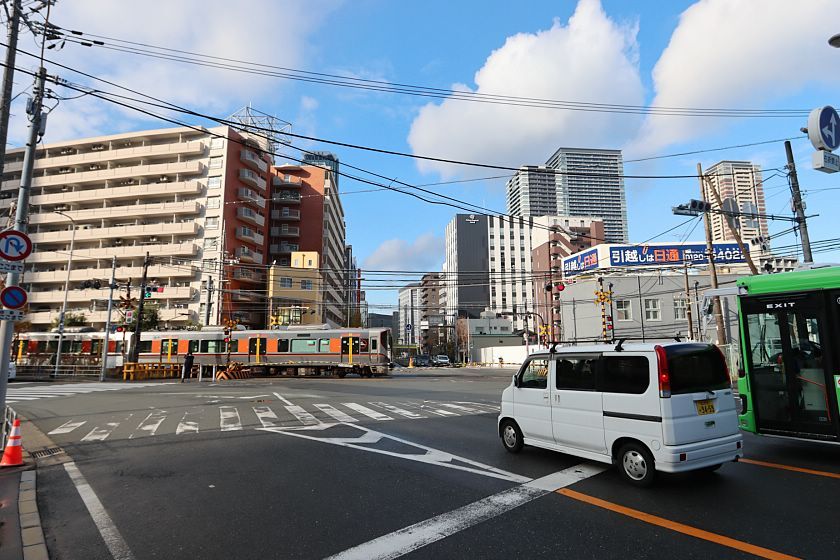
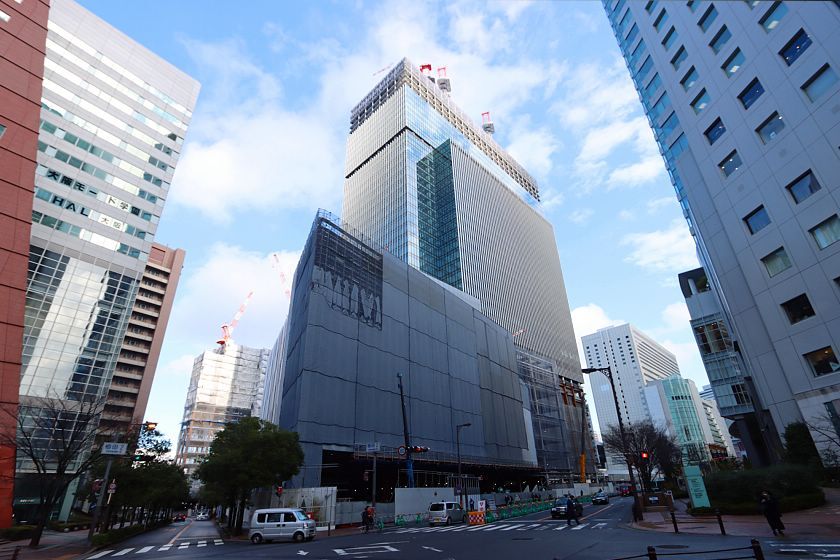
Nakanoshima Museum of Art
The Nakanoshima Museum of Art is a nicely designed addition to the cluster of museums on Nakanoshima Island, a longish island in a river in central Osaka which is increasingly finding its way onto tourist maps. Built immediately next to the National Museum of Art and the Osaka Science Museum, the Nakanoshima Museum of Art was opened in February 2022 and offers additional space for art exhibitions.
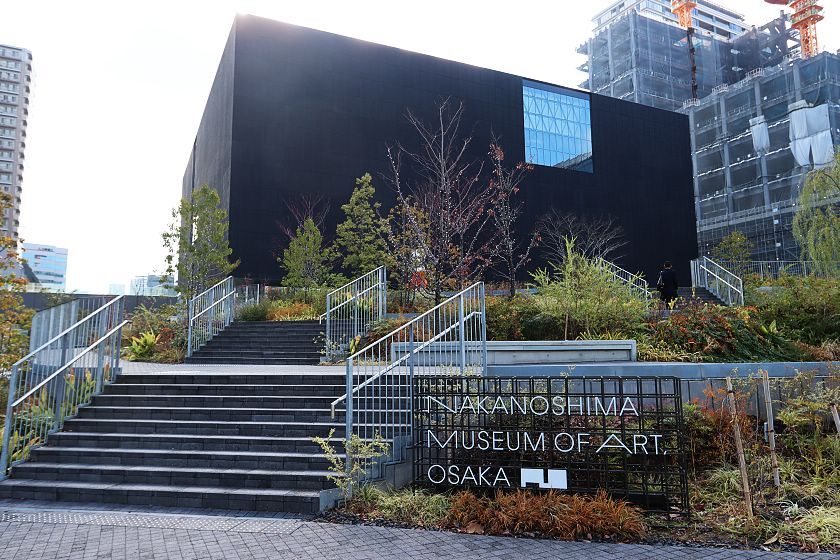

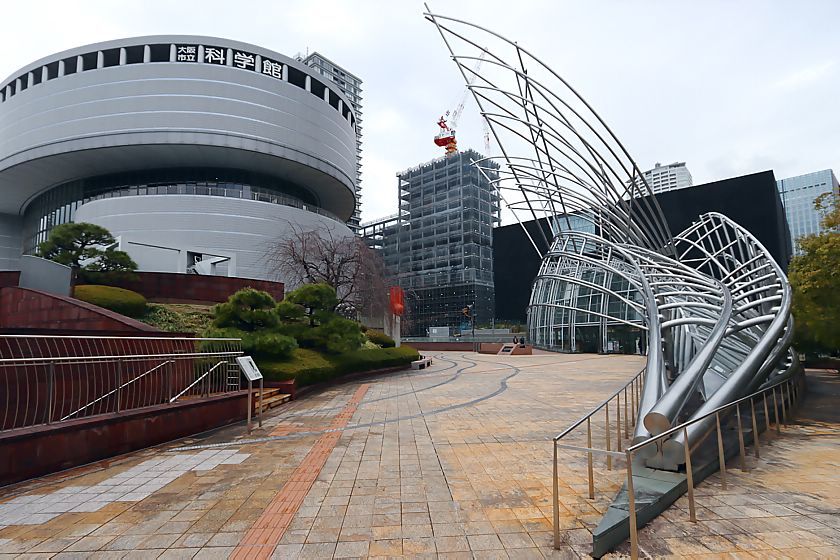
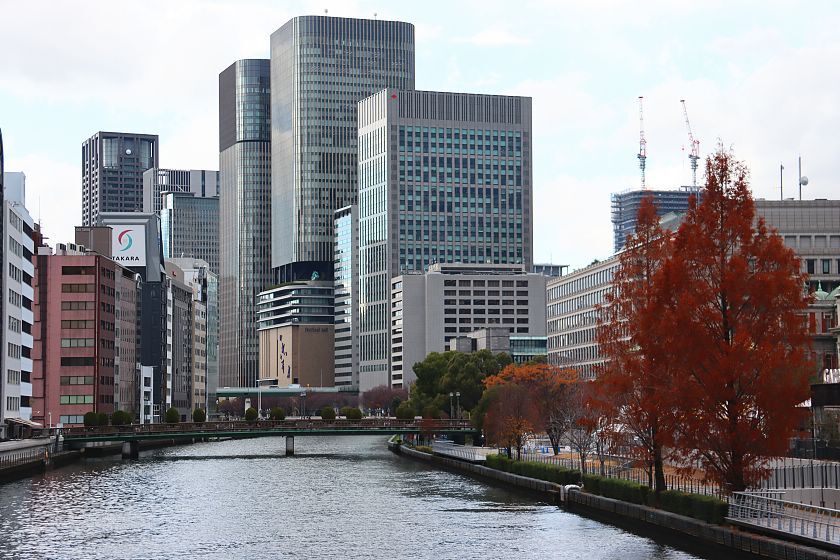
Super Nintendo World
Opened in early 2021, Super Nintendo World was another big addition to the Universal Studios Japan in Osaka following the opening of The Wizarding World of Harry Potter in 2014. Due to its popularity, there is a limit on how many people can visit the Super Nintendo World each day. Guaranteed access is possible by purchasing certain express passes or travel packages or trying your luck getting a spot on the day of your visit.
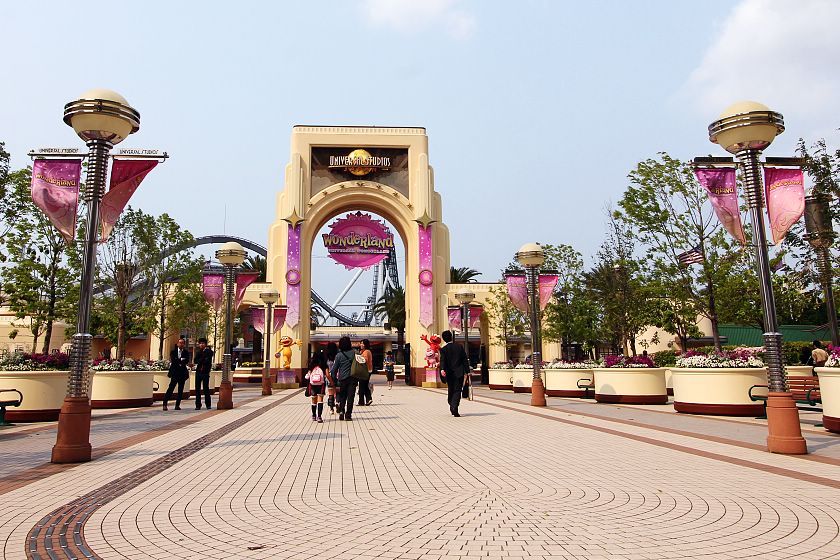
Tsutenkaku Slide
The Tsutenkaku Tower in Osaka's nostalgic Shinsekai district received two upgrades in recent years: since May 2022, visitors have the option to descend from the tower's lower deck to the ground floor via a 60 meter long slide - for an additional 1000 yen. Furthermore, a small open-air platform with partial glass floor was added to the top of tower's upper deck in 2015 and is accessible for an additional 300 yen.
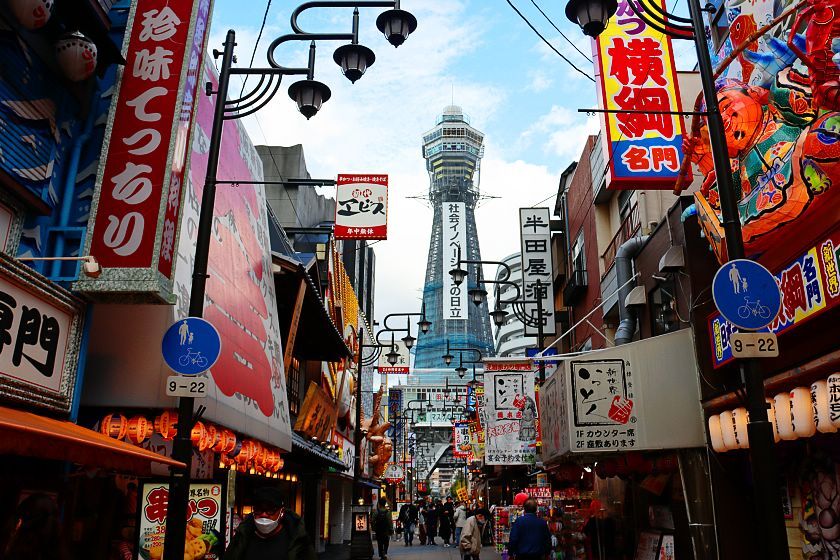
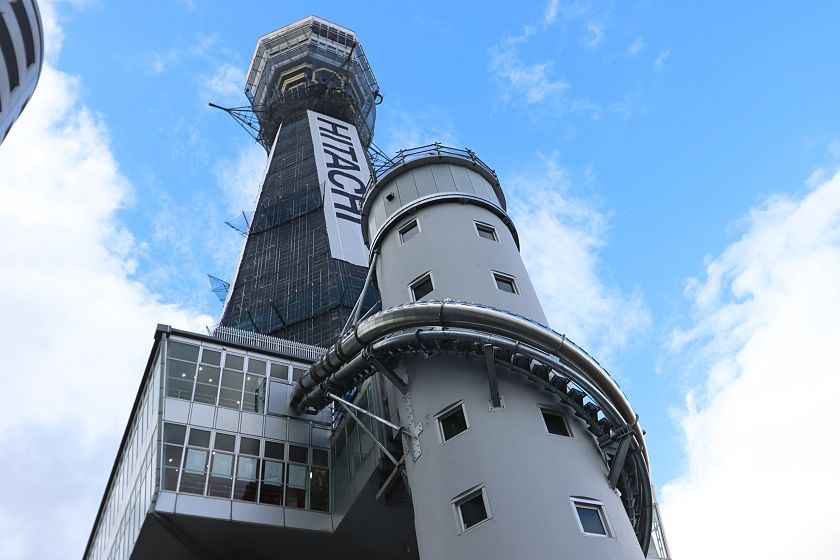

TeamLab Botanical Garden Osaka
Over the past years, teamLab has become increasingly popular among tourists with multiple permanent and temporary exhibitions across the country featuring digital artworks and illuminations. In July 2022, teamLab opened a permanent outdoor exhibition in Nagai Botanical Garden in southern Osaka. Open in the evenings only, teamLab Botanical Garden Osaka creates a magical atmosphere with its various illuminations and installations.
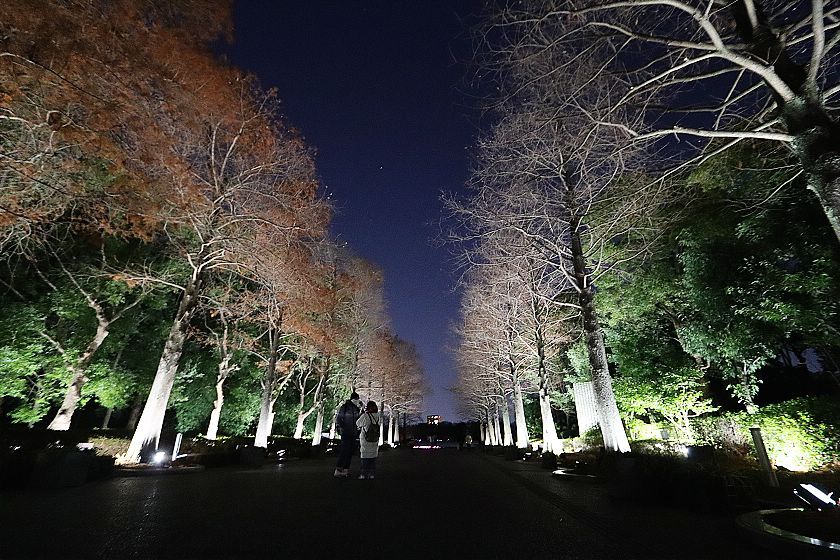
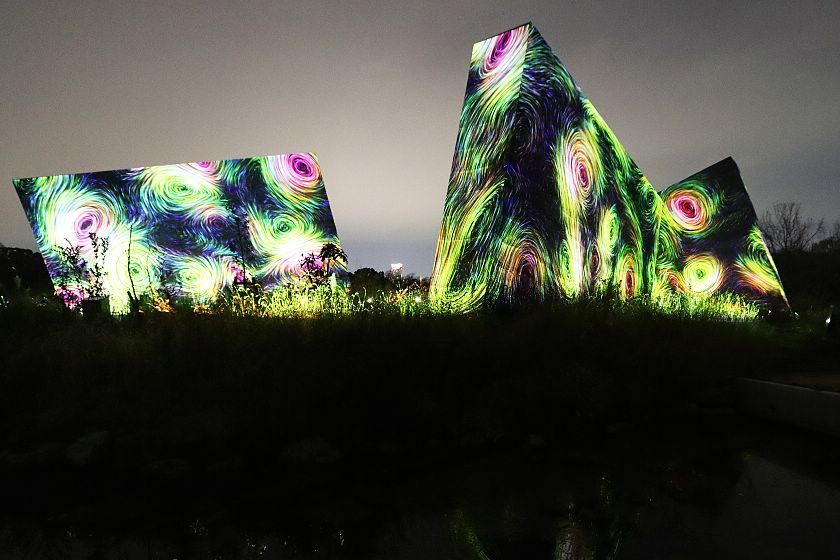
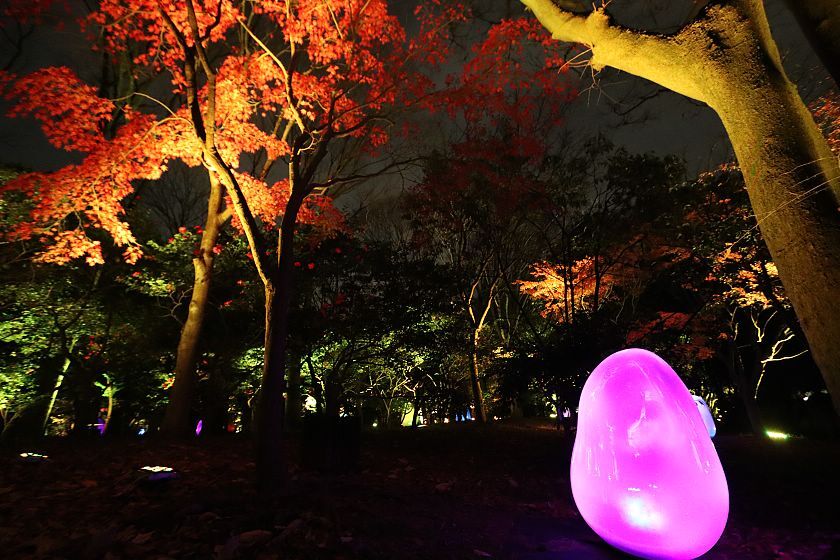
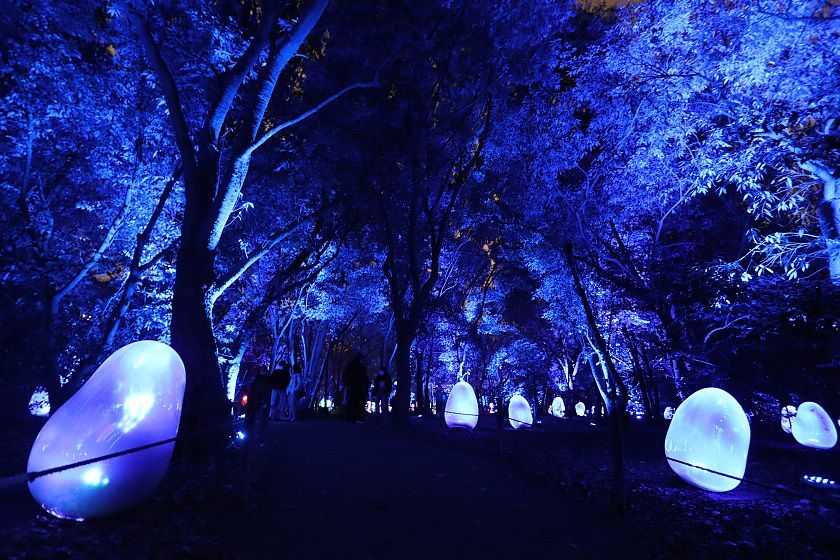
Renovations completed at Kiyomizudera Temple
One of Kyoto's most famous temples, Kiyomizudera recently underwent decade-long renovations during which all major buildings were repaired. The last building to be renovated was the main hall with its famous balcony. The renovations were completed and the scaffolding removed in early 2020, just around the time when the pandemic was declared.

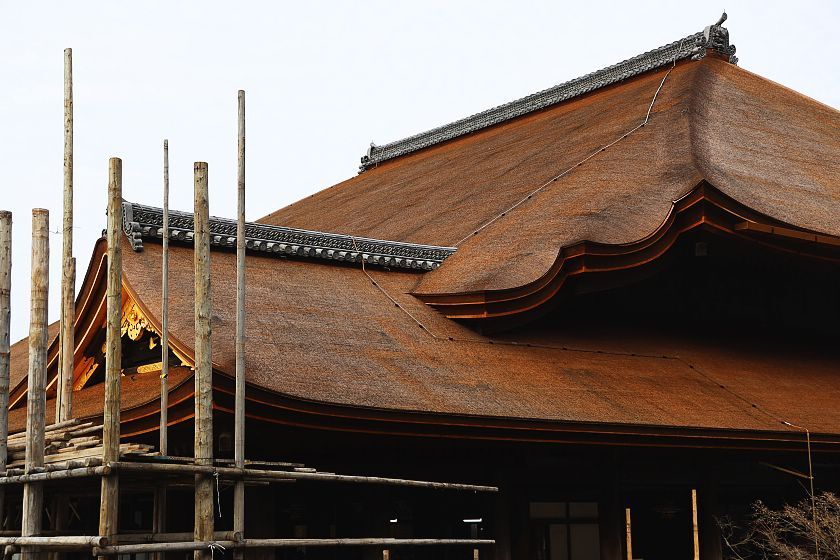
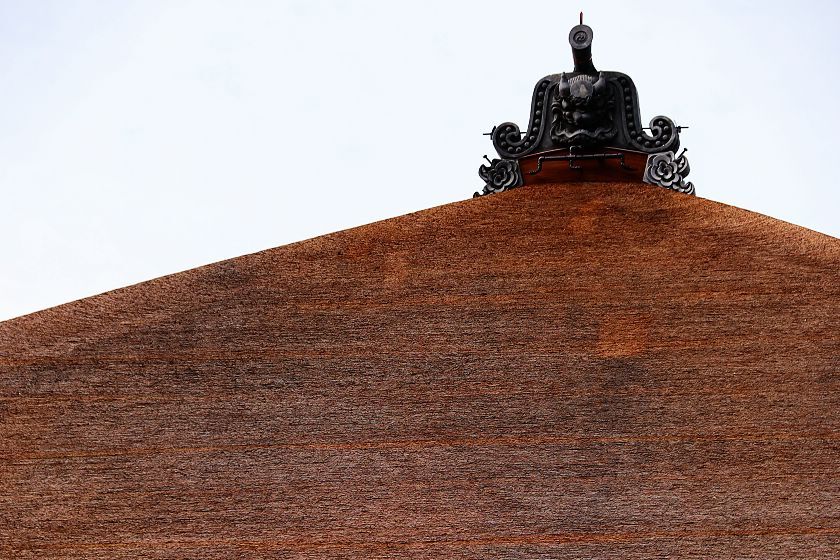
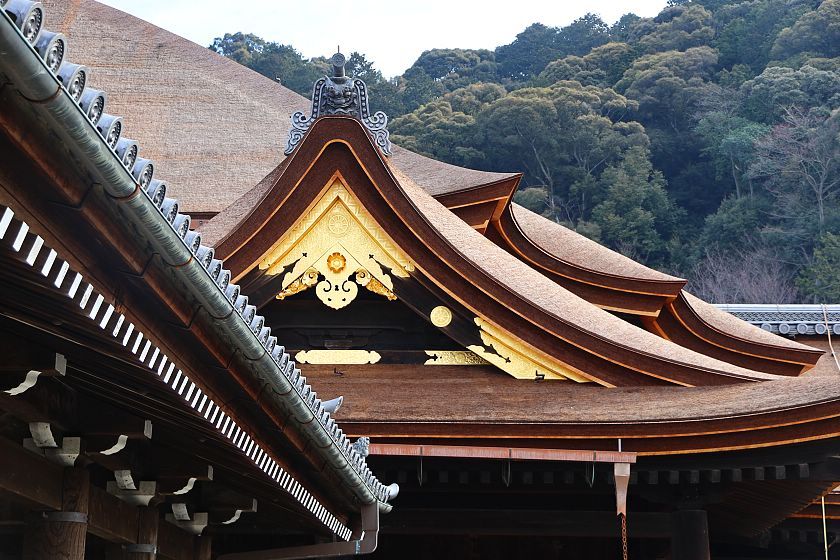
Kyoto City Kyocera Museum of Art
The Kyoto Municipal Museum of Art - located in an attractive red brick building not far from Heian Shrine - received a major facelift and was reopened as the Kyoto City Kyocera Museum of Art in 2020. Kyoto-based Kyocera acquired the naming rights for the museum for a 50 year period, and the museum now features a modern, glass entrance area at the base of the building, offering more space for ticket counters and a pleasant museum cafe and shop.
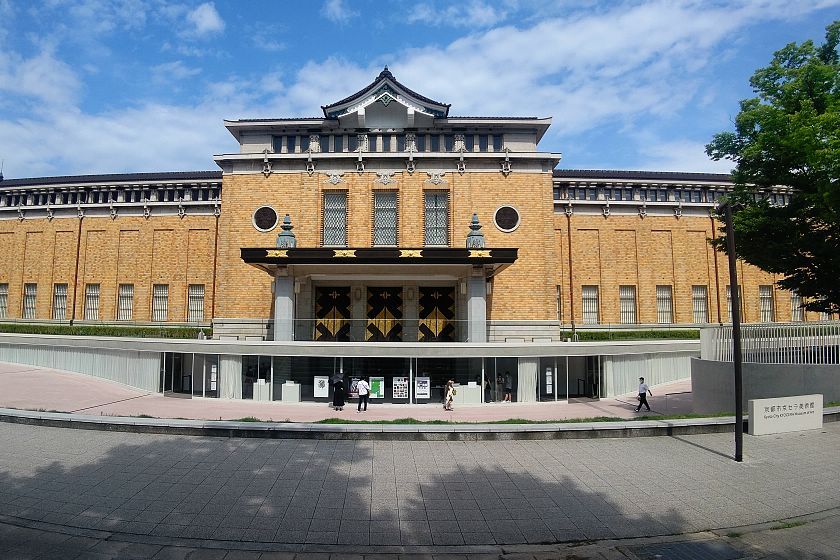
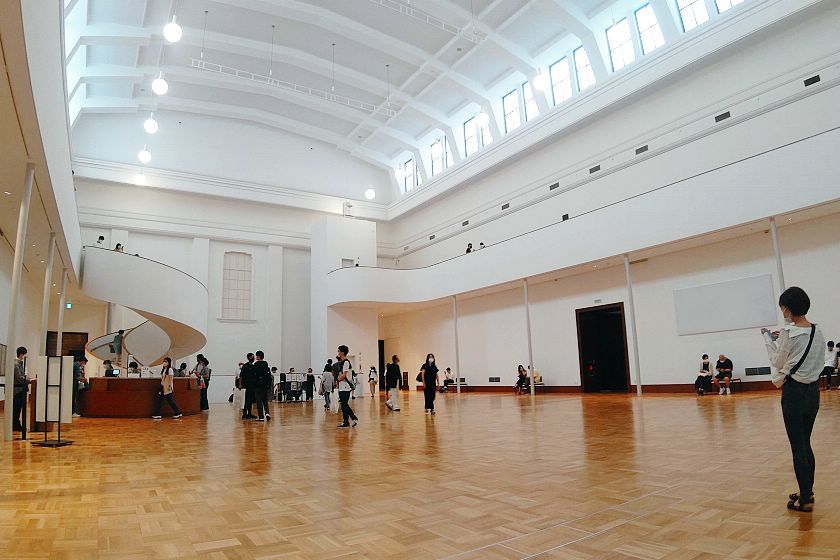
Fukuda Art Museum
Opened in autumn 2019 just before the start of the pandemic along the river in Kyoto's Arashiyama district, the Fukuda Art Museum displays works from the collection of Fukuda Yoshitaka, the founder of Aiful, a leading consumer finance company. It is housed in a beautiful modern building whose design contains elements of the architecture of traditional Kyoto town houses. The collection consists mainly of Japanese paintings.
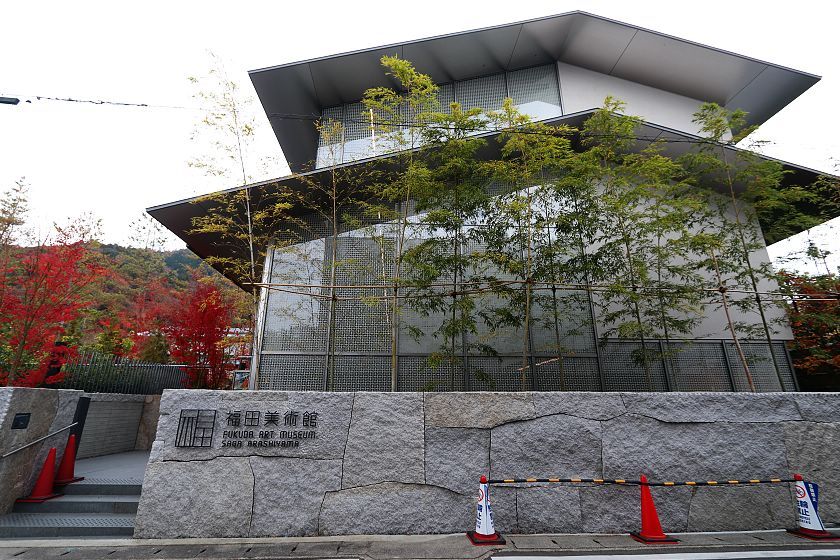
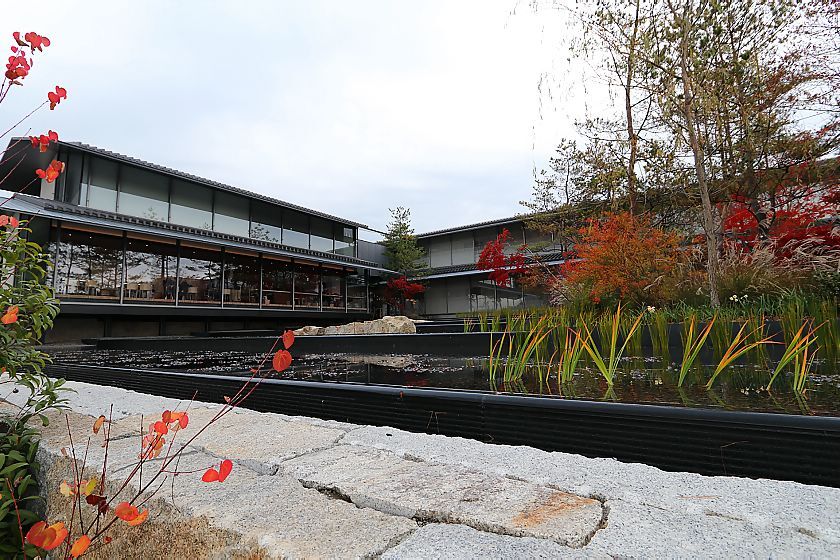
Kobe Port Museum
Opened in October 2021 along Kobe's waterfront, the Kobe Port Museum comes with a unique exterior. Inside is an attractive food court on the ground floor, while a mix between aquarium and art museum occupies most of the rest of the complex.
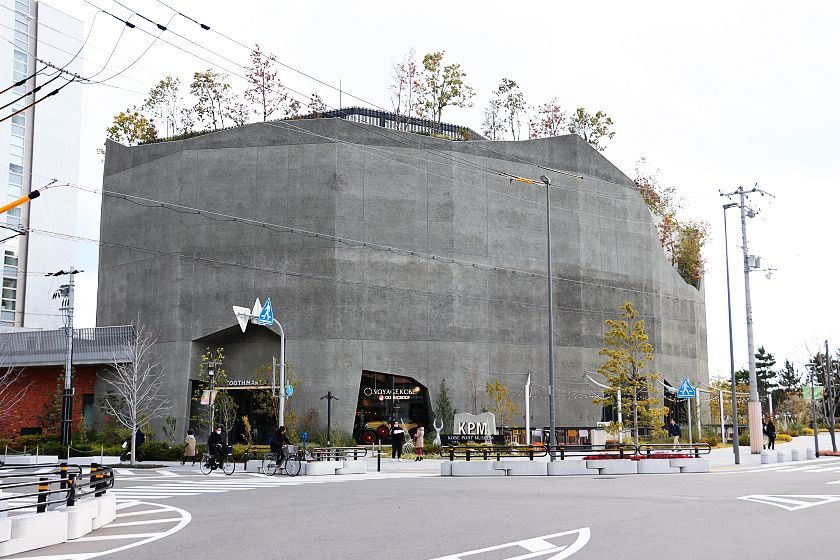
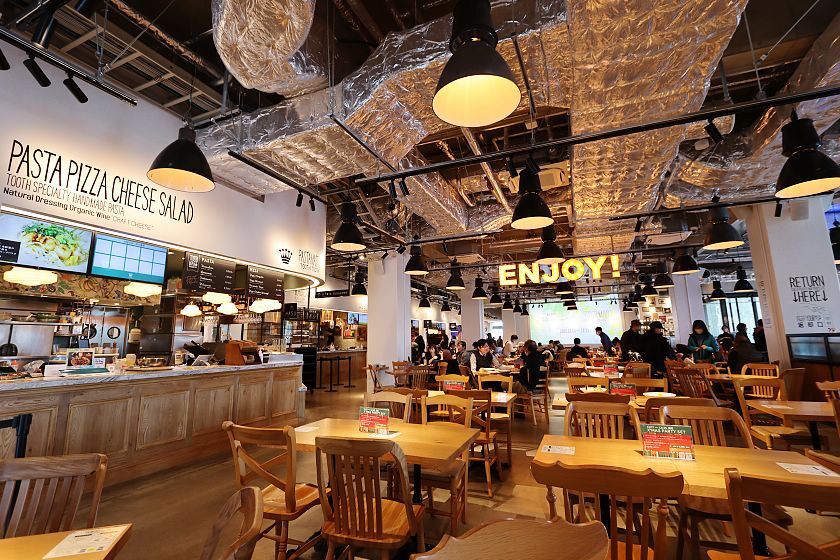
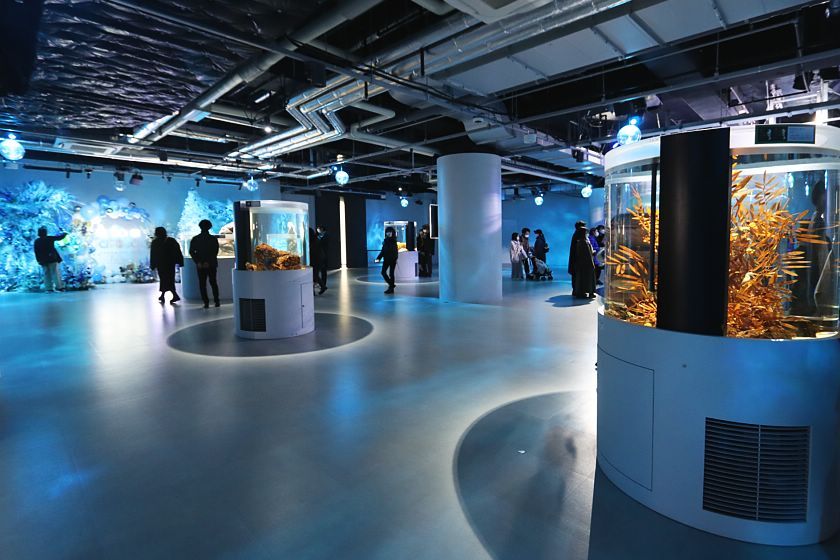
Heijo Palace South Gate
For most of the 8th century, Nara served as Japan's capital. Known as Heijo, the rectangular city contained the imperial palace and was located to the west of the current city center. When the capital moved away, most of the city was also moved or abandoned, and for many centuries the area was covered mostly by fields. Only in recent decades, parts of the former city and palace have been reconstructed, including a gate and garden in the 1990s and the palace's audience hall in 2010. In 2022, the Nanmon, the gate at the southern end of the imperial palace, was completed. Efforts will continue for many years to recreate the enclosed court in front of the audience hall.
